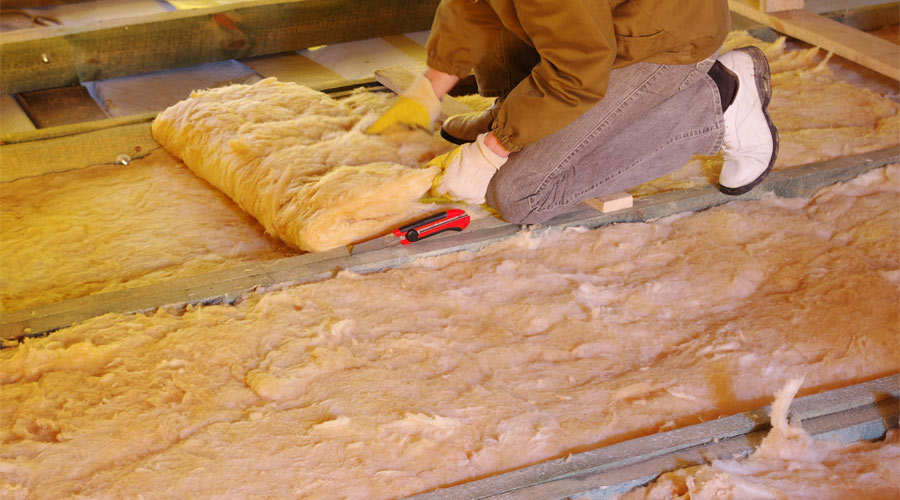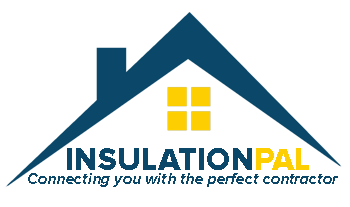What is Roll and Batt Insulation?
Discover the versatility and cost-effectiveness of roll and batt insulation for DIY and professional installations in homes and commercial buildings.

What is Roll and Batt Insulation?
Roll and batt insulation consists of flexible fiber materials formed into rolls or pre-cut batts designed to fit between standard framing members. Typically made from fiberglass, mineral wool, or natural fibers, this insulation type is one of the most common and cost-effective options for residential and commercial applications.
Rolls vs. Batts
Rolls
- Long continuous lengths (up to 50+ feet)
- Cut to length on-site for custom fit
- More economical for large areas
Batts
- Pre-cut to standard lengths (4', 8' typical)
- Easier handling and installation
- Less waste for smaller projects
Key Benefits
- Cost-Effective: Lowest cost per R-value of most insulation types
- DIY-Friendly: Easy to handle and install with basic tools
- Versatile: Suitable for walls, attics, floors, and crawl spaces
- Non-Settling: Maintains thickness and R-value over time
Material Types
Fiberglass
The most common type, made from recycled glass fibers. Available faced or unfaced, with R-values from R-11 to R-38.
Mineral Wool
Made from rock or steel slag, offering better fire resistance and sound dampening than fiberglass.
Natural Fiber
Cotton, sheep's wool, or other natural materials providing eco-friendly alternatives with good performance.
Facing Options
Kraft-Faced
- • Paper vapor retarder
- • For interior applications
- • Tabs for easy stapling
- • Most common type
Foil-Faced
- • Aluminum foil barrier
- • Radiant heat reflection
- • Higher moisture resistance
- • Commercial applications
Installation Tips
- Proper Fit: Cut slightly oversized for friction fit, avoid compression
- Vapor Barrier: Face toward heated space in cold climates
- Air Sealing: Seal gaps with caulk or foam before installing
- Safety: Wear protective clothing, gloves, and mask
- Coverage: Ensure complete coverage without gaps or voids
Performance Characteristics
R-Value Range
R-11 to R-38 (varies by thickness)
Standard Widths
15" and 23" (for 16" and 24" framing)
Thicknesses
3.5" to 12" common sizes
Fire Rating
Class A (fiberglass and mineral wool)
Best Applications
Roll and batt insulation works best in standard framed construction with regular cavity sizes. It's ideal for new construction, basement finishing, attic insulation, and renovation projects where cavities are accessible. The material performs well in walls, floors, and ceilings between joists.
Limitations
While versatile and cost-effective, roll and batt insulation requires proper installation to achieve rated performance. Poor fitting around obstacles, compression, or gaps can significantly reduce effectiveness. It also provides minimal air sealing compared to spray foam options.
Quick Facts
- Material:Fiberglass/Mineral
- R-Value:R-11 to R-38
- Installation:DIY Friendly
- Cost:Lowest
- Availability:Excellent
Professional or DIY
Roll and batt insulation can be installed DIY or by professionals. Get quotes to compare costs and ensure proper installation.
